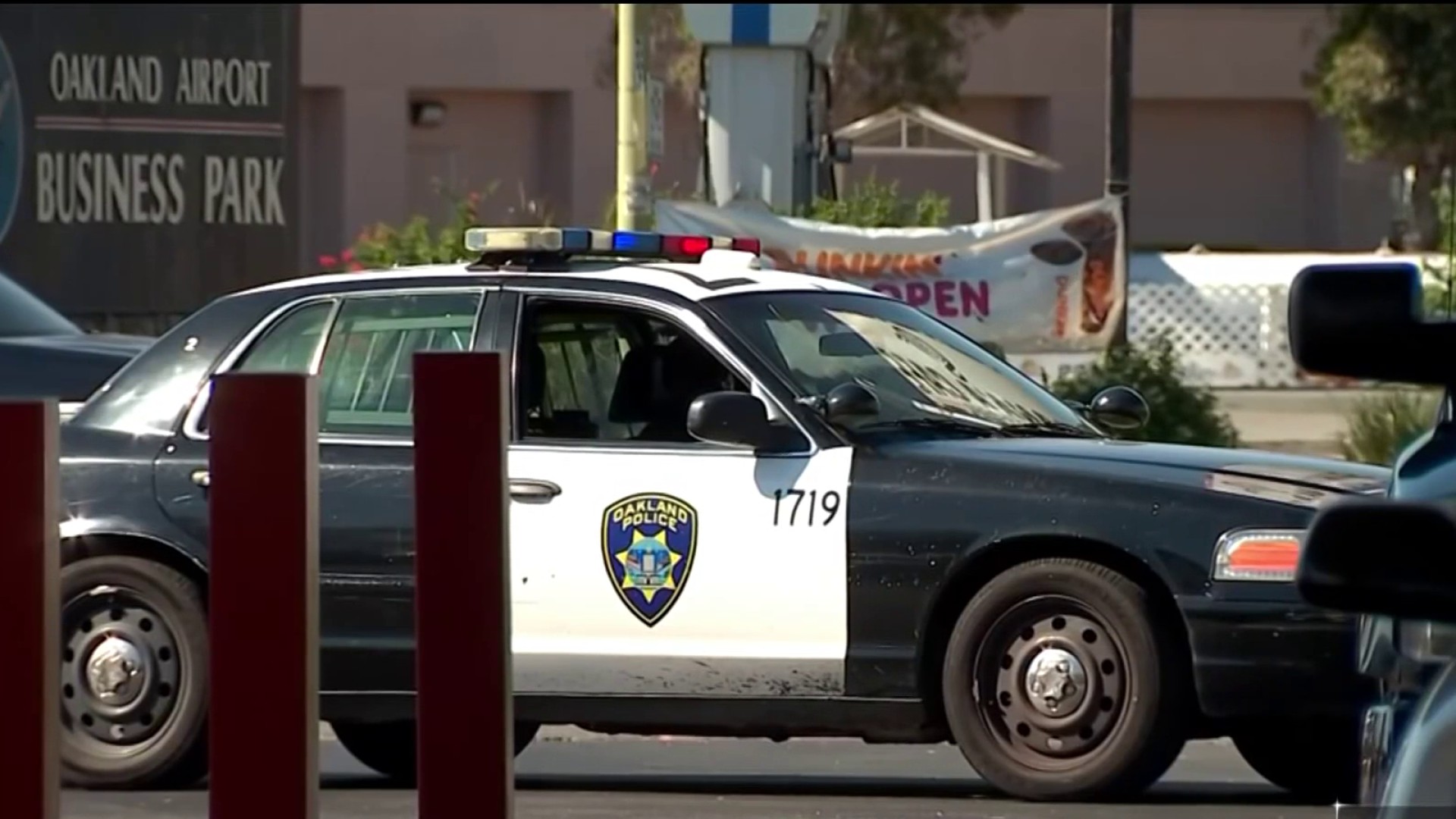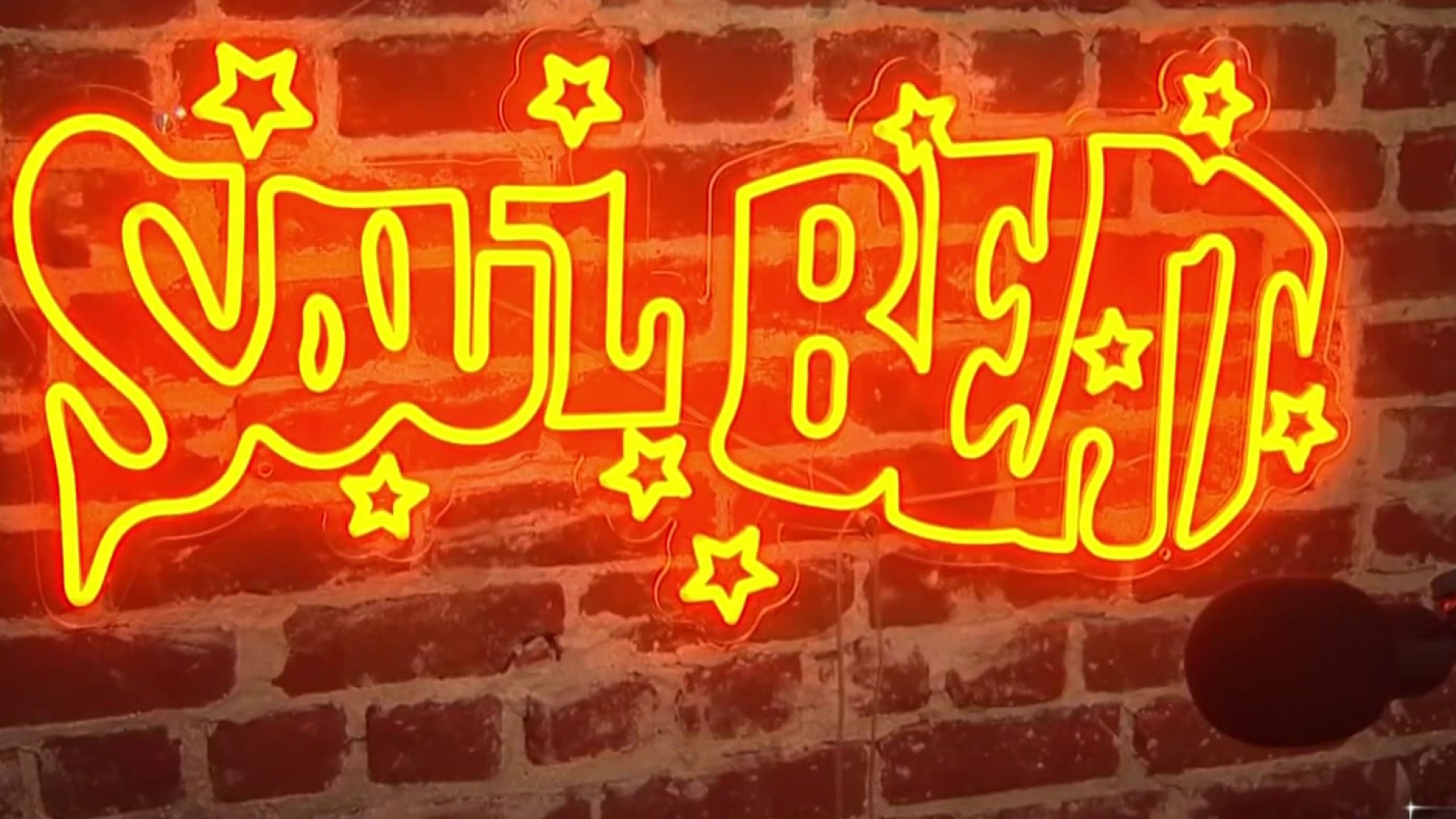A Navy official recently told the community that it considers recent retesting data reflecting elevated levels of the radioactive isotope Strontium-90 on the development site of the old Hunters Point shipyard to be unreliable and "skewed."
Last year, the Navy reported finding 23 Strontium-90 hotspots along a total of nine sewer lines serving Parcel G, a 40-acre site that was once home to a secret nuclear research lab.
The Navy’s own history of the site indicates Strontium-90 as a potential Parcel G contaminant. The isotope is known to replace Calcium in bones and has been tied to cancer.
Possible sources cited in the Navy history include work at the top secret lab on the site, which involved injecting animals with radioactive isotopes.
The Navy suggests other sources as well, including liquid radioactive waste being poured down sinks or left when crews painted deck markers with Strontium-90 laced, glow-in-the dark paint.
Strontium-90 may have also been left from when crews sandblasted ships returning from Operation Crossroads, post-World War II atomic bomb testing in the Pacific.
Still, after acknowledging elevated levels came back on ten percent of the samples tested by its new testing contractor, the Navy last year said it intended to reevaluate its own findings. Officials noted that the Navy’s cleanup testing protocol allowed it to make "certain adjustments" to result in more precise and better quality data.
Local
But an EPA official involved in overseeing the cleanup of the contaminated site, warned the Navy against dismissing the data already analyzed at that time. He warned in an email last October to top Navy officials -- obtained by NBC Bay Area -- that the data was accurate and suggesting otherwise without proof "reads as if the Navy is suppressing data results it doesn’t like in regards to Strontium-90 data."
In a briefing in August of this year to a community advisory panel on the project, cleanup project manager Liz Roddy rolled out results of the Navy’s promised review of the earlier findings that had shown cases where Strontium-90 had exceeded allowable levels.
She called the data "skewed," and added: "Everybody who's reviewed this data can agree that that's not a reliable result, that there's too much noise for us to determine if that's a true exceedance."
329 medal events. 32 sports. Endless drama. Catch all the action at the Paris Olympics. Sign up for our free Olympics Headlines newsletter.
During the meeting, she presented a new chart with 1,000 data points, all falling within allowable levels for Strontium-90.
Critics were quick to question dozens of datapoints on the chart, however, that reflect Strontium-90 levels below zero.
"It’s completely erroneous," said Dr. James Dahlgren, a medical doctor who specializes in environmental toxicology. "It is false, it is offensive to me scientifically."
"To have a negative figure on their data for Strontium- 90, you can't have it, period -- it's impossible," said Ray Tompkins, a retired chemistry teacher and environmental activist who served on an earlier Hunters Point shipyard cleanup advisory panel. "And any data that says that," he added, "you must reject it if you have any integrity."
Both Tompkins and Dahlgren said the subzero data should trigger an independent review.
While the Navy wouldn’t answer questions or specifically respond to what critics say about sub-zero findings, officials have said there’s no risk to public health from what has been detected to date.
The EPA said in a statement that any final determination of Strontium-90 levels on Parcel G will be based on "fully validated test results."
For activists like Tompkins, there’s no time to waste.
"That’s the crime," Tompkins said, "the damage that is being done and will be done in the future unless appropriate measurements are taken now."



